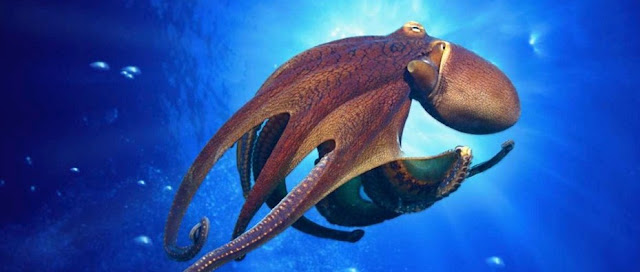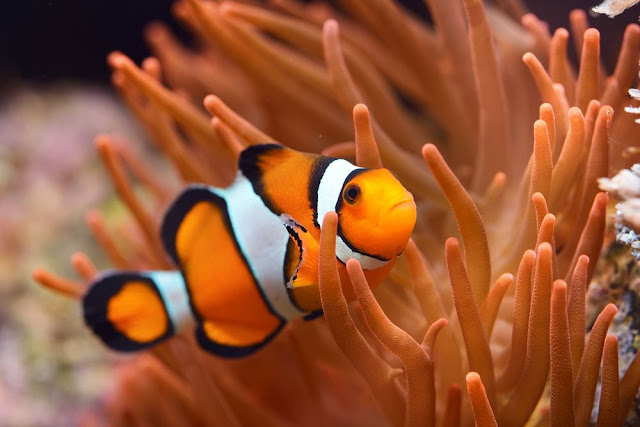Saving Themselves From Predators: Intelligent Surviving Techniques in Octopus
Beneath the ocean, the octopus has very rich proteins which are essential for its predators. In order to stay alive, it has to possess some truly enormous skills. The octopus ancestors have been trying to live in the ocean for almost 500 million years. We all know that the octopus has 3 hearts but in order to survive from predators, it should have surviving patterns or techniques.
The most important survival feature is that camouflage, in only 3 tens of a second it can completely change its color and pattern, it is called rapid adaptive coloration. The secret of quick changing of its color is hidden just beneath its surface of the skin. The tiny elastic bags like structure has numerous color pigments called chromatophores, which are surrounded by muscle fibers which may contract and open up a new color, and when the muscle relaxes it comes back to the normal position.
But changing that quickly its pattern there must surely be a shortcut. while here is the short cut, the octopus figured out that there are really few patterns that it needs to know to blend into the natural environment.
1. Uniform
2. Mottled
3. Disruptive
Not only changing its color and pattern, but it can also change its texture. A biological structure under the skin allows the octopus to change its texture to almost everything the mother nature has. What truly stands out in all of them is the mimic octopus. It not only copies the appearance but also their swimming behavior.
They have suckers all over their 8 arms (not called tentacles). Tentacles will have suckers only at their tips. An octopus has hundreds of independent muscular suction cups. A giant octopus single cup can hold up to 35 pounds, which in total makes to lift a 10000 pounds of lifting power per arm. Each cup consists of chemical receptors that make the octopus sense the world around it. Each suction cup acts as a tongue which in turn makes them have 200 suction cups per arm which in total makes 1600 tongues for an octopus. The octopus arm has 3 times more neurons than in their arms which makes all the jobs.
As we all came to know that the octopus can change its color, pattern, and texture, but an octopus is color blind. New studies suggest the octopus can sense the color through their skin.
Well, the most survival tool is its ability to disappear in a puff of ink. All you can see is ink, but the ink contains a chemical called tyrosinase which can disrupt the predator smell and taste. It also releases its ink in order to save other species of octopus by giving a signal that they are predators.



Comments